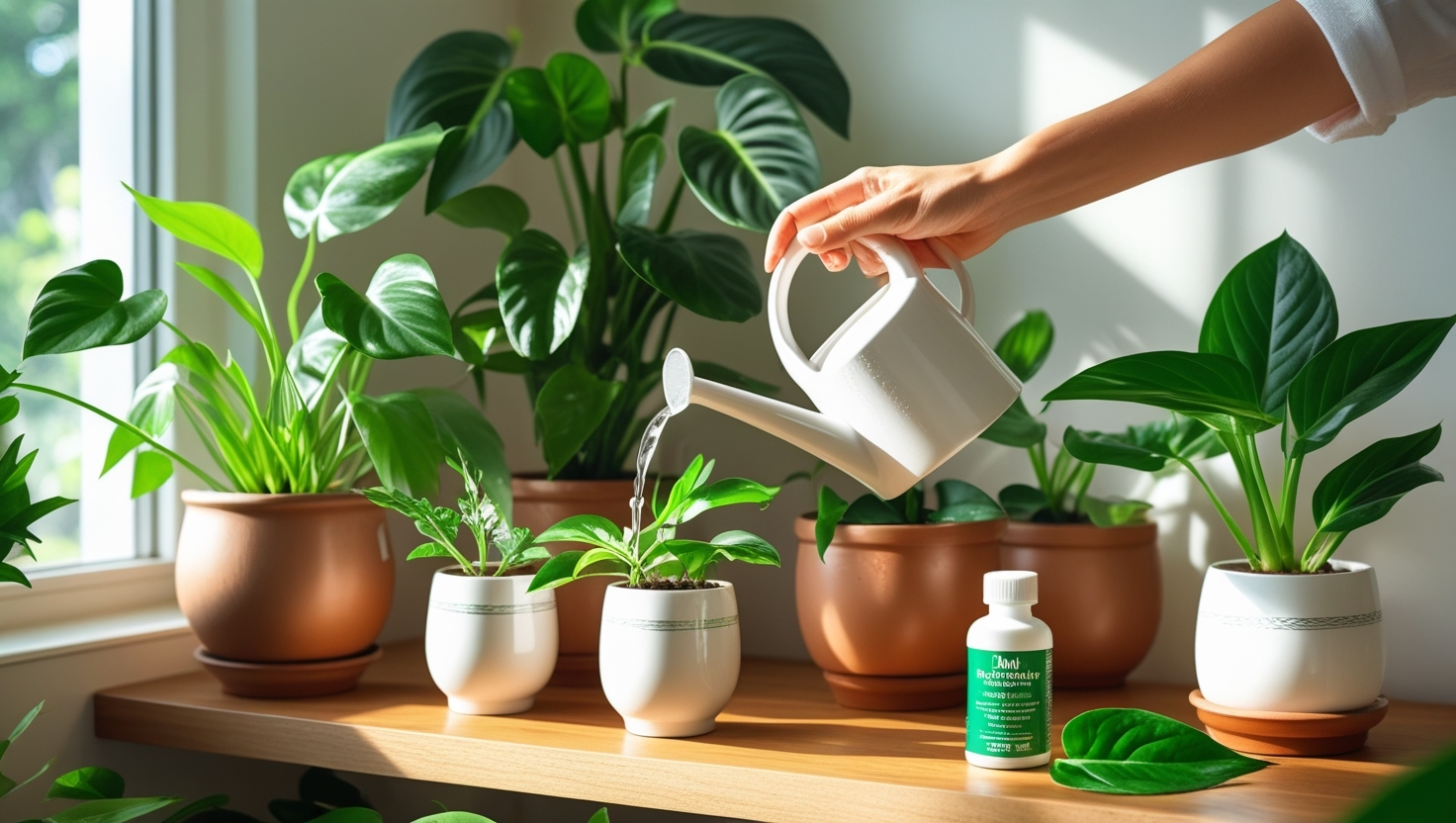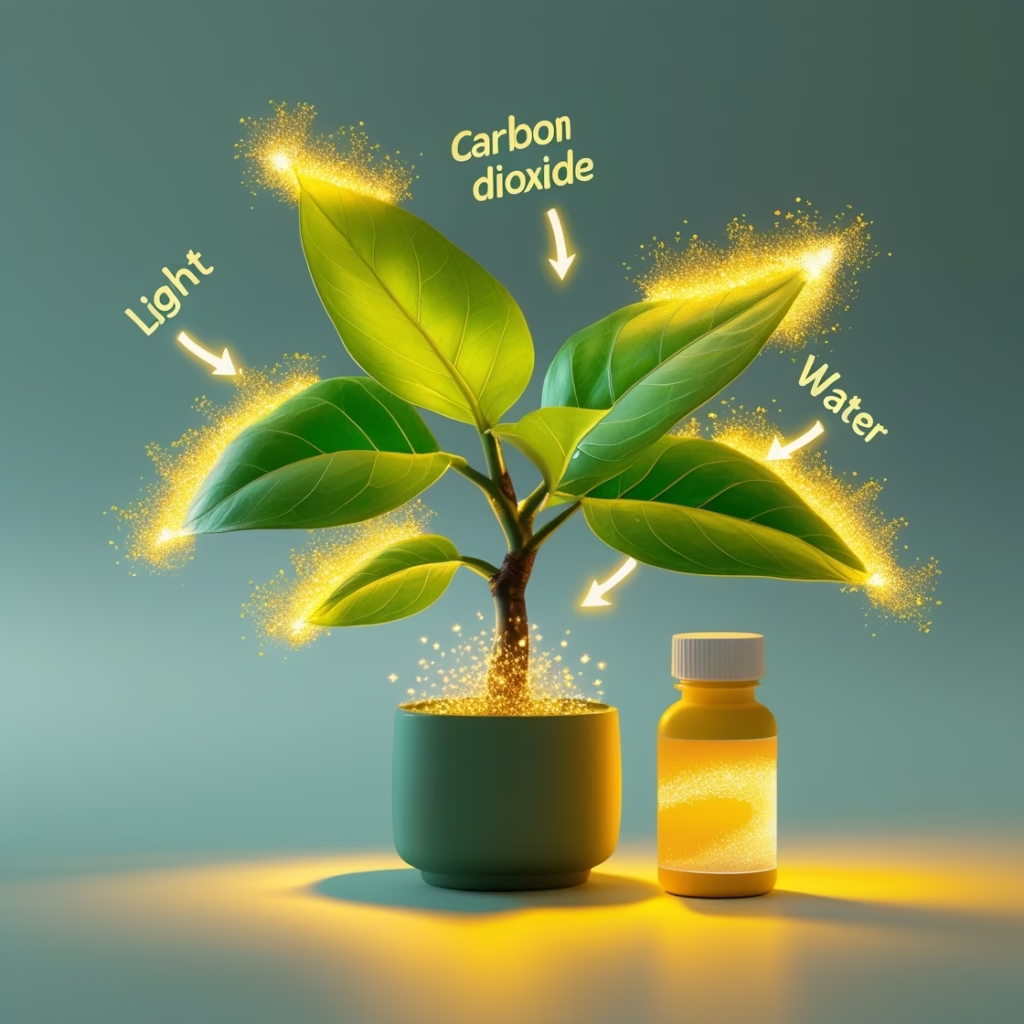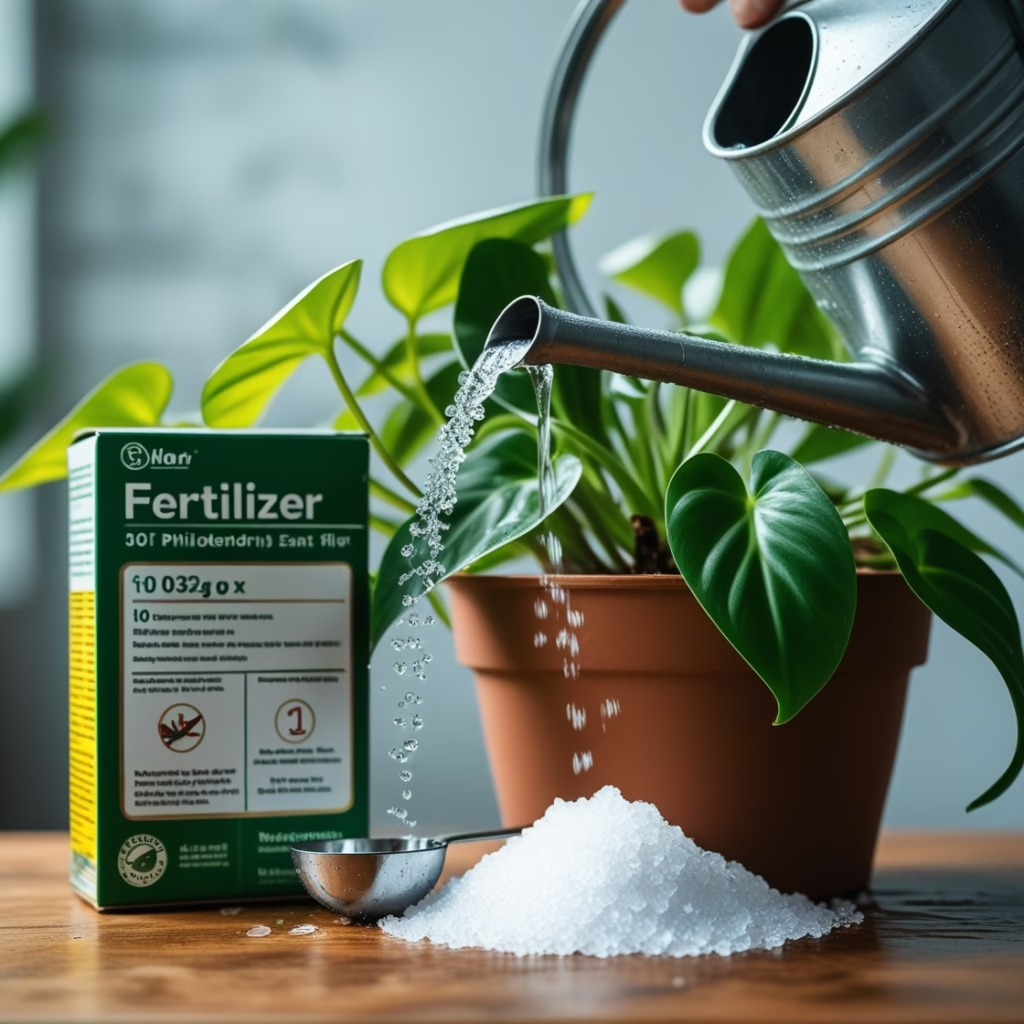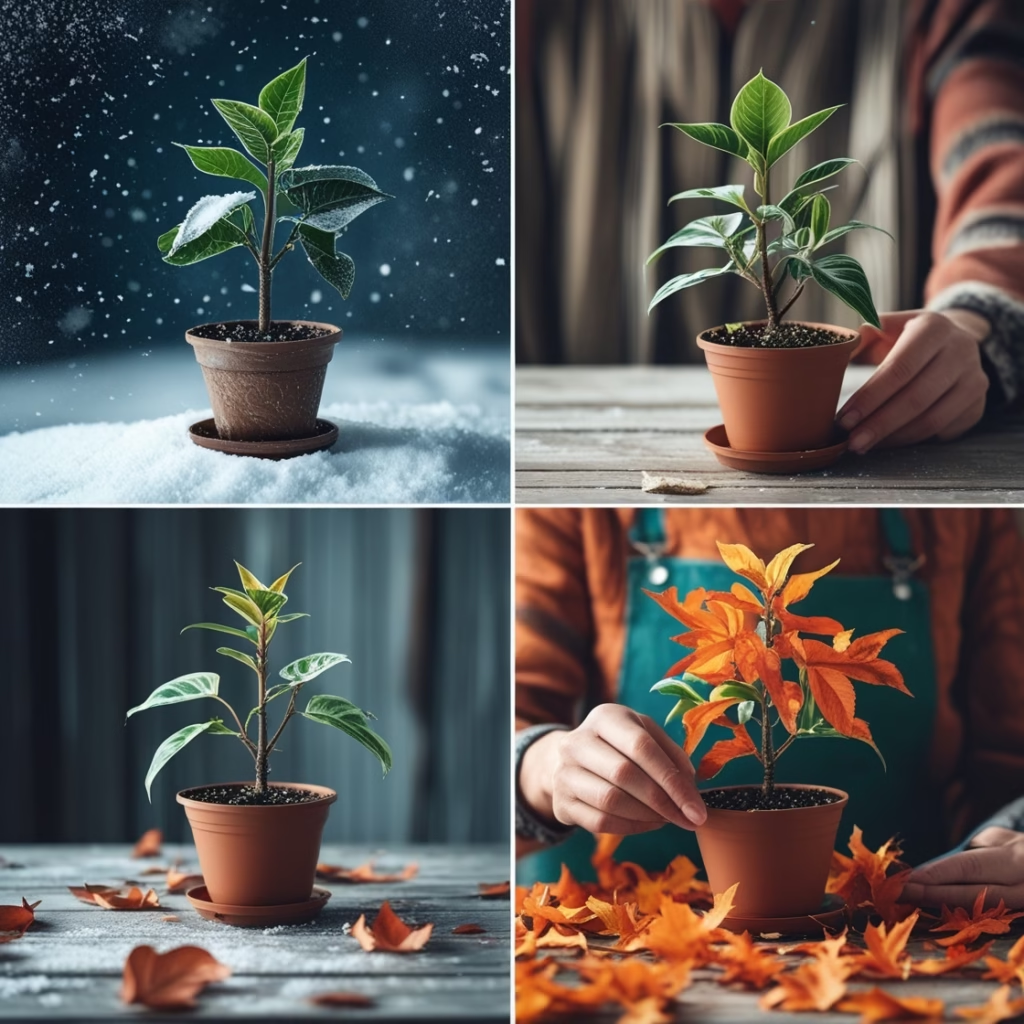
When and How to Fertilize Indoor Plants for Best Results
Hi and welcome to Leafy Lair, guys! In this article, we give you five quick tips on fertilizing or fertilize indoor plants. These tips will apply to most indoor plants. Why does this matter? Because healthy plants bring life to your space. Fertilizing them correctly ensures better growth, stronger roots, and a thriving indoor jungle.
How to Fertilize Indoor Plants the Right Way
Let’s dive into the how-to with these five essential tips.
Tip #1: Rethink Fertilizer’s Role

Stop looking at fertilizer as food for the plant. It’s not. Food for the plant comes from photosynthesis, where it takes light, carbon dioxide, and water and creates sugars and starches. That’s the food for the plant. Look at fertilizer almost like vitamins for us humans. It actually helps to get better growth, better root growth, better immune system, and better water uptake.
Tip #2: Timing Is Everything

Only add fertilizer when your plant is feeling well. There can be a lot of different reasons why your plant is not feeling good. Nutrient deficiency is very, very rarely the case, no matter how many videos you can find on YouTube on nutrient deficiency. Usually, it’s something else. You’ve watered it too much. You have root damage. It has not enough light. It has too much light. It’s hot. It’s cold. Take care of that problem first. When your plant is showing you that it’s feeling well—it’s growing, or you have roots coming out of the drainage holes—then you add fertilizer. Because that’s when it needs fertilizer.
Tip #3: Stick to the Rules

Never, ever give more fertilizer than is recommended on the box of the one you’ve purchased. Now, most fertilizers are water-soluble, which means that when they come in contact with water, they dissolve. What they dissolve into is actually salt. That salt is then picked up by the roots and used as nutrients. But if you add too much fertilizer, it actually means that you’re watering your plants with salt water. That could potentially kill your plants. So, never, ever more than the recommended dose. And also, never, ever more frequently than the recommended dose.
Tip #4: Know the Seasons

When do we fertilize? Well, we fertilize when the plant is active. Now, usually plants indoors have two dormancy periods: in the winter time and in the mid of summer when it’s hottest. So, we fertilize when it’s active. That means in spring or in autumn.
Tip #5: Be Cautious with Compost

Be careful of using organic compost material as a fertilizer for indoors. It’s okay out in nature where we have a natural breakdown process. Where you have microbes, insects, bacteria, and fungi that breaks down the compost material and let it be accessible for the plant roots. However, indoors in a very closed environment inside of our pots, we do not have that same breakdown process. So, if you use organic materials, make sure that those organic materials are processed and ready to use by the roots.
What You’ll Gain from Fertilizing Indoor Plants
By following these tips, you’ll fertilize indoor plants like a pro. You’ll see better growth, healthier roots, and plants that thrive year-round. It’s not about overfeeding—it’s about giving them what they need, when they need it.
Join the Leafy Lair Community
If you enjoy this article, please leave a comment below. Your feedback really helps our blog a lot. Let’s grow together—happy fertilizing!